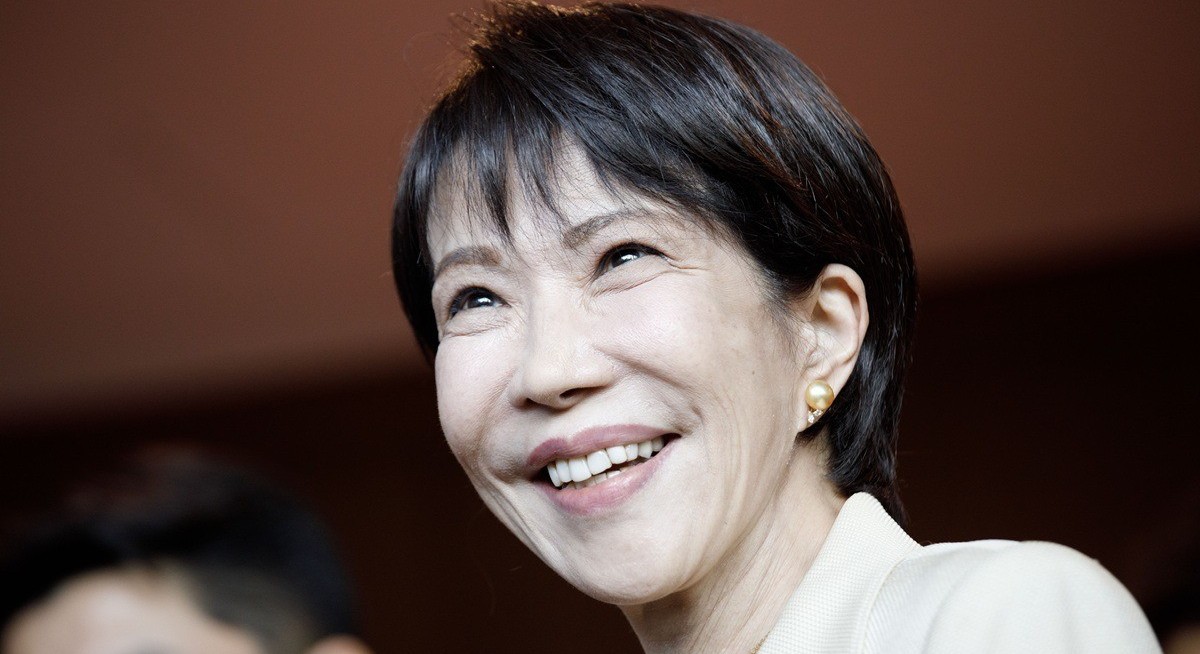(Oct 27): Support for Japanese Prime Minister Sanae Takaichi’s new government started on a high note, according to polls conducted over the weekend, giving her some momentum as she prepares for a visit by US President Donald Trump that could give the new premier another boost.
The polls were released ahead of a visit by Trump to Japan, during which he will meet with Takaichi for the first time since she ascended to the premiership a week ago. Trump is set to arrive in Tokyo on Monday and meet with Japan’s emperor after touching down. The talks between Trump and Takaichi are set for Tuesday morning, followed by a working lunch, according to Japan’s Foreign Ministry.
Although she has been in her position for less than a week, Takaichi’s government is already winning plaudits, with the Nikkei newspaper poll showing approval ratings touching 74%. Broadcaster ANN put her popularity at 58.7%, while newspapers Asahi and Mainichi reported 68% and 65% rates, respectively.
Takaichi and Trump spoke on Saturday to lay the groundwork for their upcoming in-person meeting in Tokyo.
“Had a good and candid conversation with @realDonaldTrump today and truly appreciated his warm congratulatory message on my appointment as prime minister,” Takaichi posted on X following the phone call. “Together with him, I am determined to elevate the Japan-US alliance to even greater heights,” she added.
The Trump administration shared a message conveying similar levels of optimism.
See also: Carney pushes back on provinces spoiling for a fight with Trump
“I hear great things about her, I think she’s going to be great,” Trump told reporters of his expected meeting with Takaichi, according to audio released by the White House. “I look forward to meeting her,” he added.
When asked about the possibility of Takaichi attempting to renegotiate a US-Japan trade deal agreed earlier this year to lower US tariffs on Japan, Trump said: “Look, I’m open to whatever there. We have a great relationship with Japan and we’re going to have a fantastic relationship with her. We’ll see what happens.”
This week’s Trump visit is set to be a key test for Takaichi on the heels of her diplomatic debut at the Asean summit in Malaysia over the weekend. As a protege of former prime minister Shinzo Abe, who was close to Trump, Takaichi may benefit from her close ties to Abe. At the same time, her international experience is limited, save for a brief stint working in the office of Democrat Patricia Schroeder in the late 1980s.
See also: US unveils Vietnam trade framework after 20% tariff deal
The question of how to implement the US-Japan trade deal will likely be a hot topic when the leaders meet. Japan’s pledge to invest US$550 billion (RM2.31 trillion) into the US hasn’t yet resulted in any concrete projects, although trade minister Ryosei Akazawa has said that Japan intends to build up developments over the rest of Trump’s term.
US Commerce Secretary Howard Lutnick had lunch with Akazawa in Tokyo on Sunday. The two were key figures behind the July trade deal and are expected to play a major role in launching the investment fund, along with Japan’s new Foreign Minister Toshimitsu Motegi, who was the nation’s top trade negotiator during Trump’s first presidency.
The fund aims to advance economic and national security interests by investing in semiconductors, pharmaceuticals, metals, critical minerals, shipbuilding, energy, artificial intelligence (AI) and quantum computing, according to its memorandum of understanding.
Regional security concerns will also likely be discussed. In her first speech to Parliament as prime minister on Friday, Takaichi emphasised that security concerns related to China and North Korea’s nuclear and missile developments must be addressed, and that Japan needs to proactively strengthen its defence capabilities from their foundation.
Her hawkish stance on foreign policy and her willingness to spend more on defence will likely create a positive backdrop for her dealings with Trump. Takaichi pledged to achieve the goal of spending 2% of gross domestic product (GDP) on defence by March of next year, two years earlier than the previous plan.
Still, compared with the pledge by European nations to bring defence spending to 5% of GDP, Japan’s outlays may still seem insufficient from Trump’s point of view.
Uploaded by Liza Shireen Koshy




